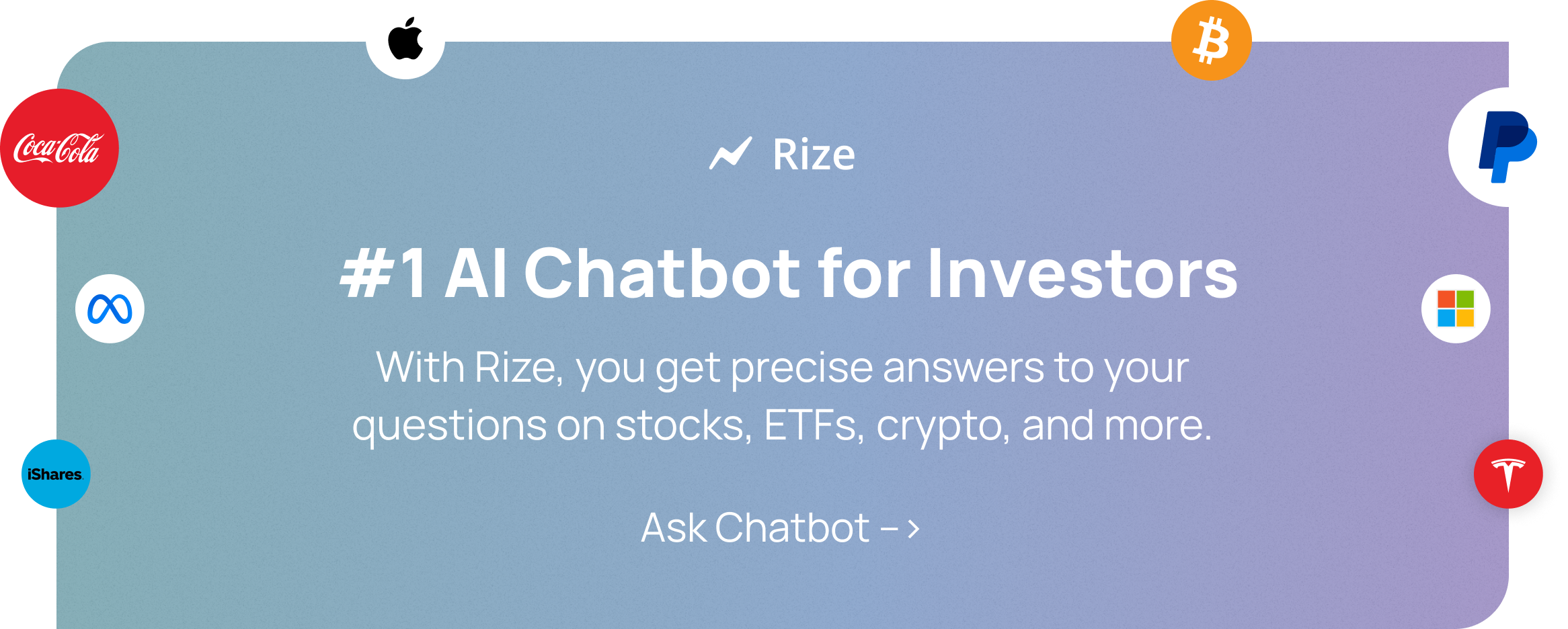PayPal (ISIN: US70450Y1038) has evolved from a small startup into one of the world’s leading digital payment companies. Known for its user-friendly online payment solutions, PayPal has revolutionized the way people and businesses send and receive money over the internet. The company’s Initial Public Offering (IPO) was a pivotal milestone that propelled PayPal to its current status as a global fintech powerhouse. This article explores the journey of PayPal, its IPO, and the developments that have cemented its place as a major player in the financial technology sector.

The Beginnings of PayPal: The Road to Digital Revolution
Founding and Early Years
PayPal was founded in 1998 as Confinity by Max Levchin, Peter Thiel, and Luke Nosek. Initially, the company developed security software for handheld devices but soon shifted focus to a digital wallet product. The merger of Confinity with X.com, an online banking company founded by Elon Musk, marked the transformation of PayPal into the company we know today.
After the merger, the founders decided to concentrate exclusively on payment processing. This strategic decision was crucial as it allowed PayPal to rapidly establish a leading position in the emerging online payment market.
PayPal and eBay: A Perfect Partnership
A significant turning point for PayPal was its partnership with eBay. In the early 2000s, PayPal became the preferred payment method on the eBay auction platform. This not only gave PayPal a massive user base but also solidified its reputation as a reliable online payment service. In 2002, eBay acquired PayPal for $1.5 billion, providing the company with a substantial growth boost and accelerating its international expansion.
PayPal IPO: The Public Offering and Its Impact
The Journey to the PayPal IPO
After several years under eBay’s ownership, PayPal decided to re-enter the public market as an independent company. This move was part of a broader strategy to unlock the company’s full potential and tap into new markets. On July 20, 2015, PayPal went public once again, this time as an independent entity after eBay decided to spin off PayPal into a separate company.
Details of the PayPal IPO
Initial Offering Price and Market Reaction:
The PayPal IPO was set at an initial offering price of $38 per share. However, the stock opened at $41.46, reflecting strong investor demand. By the end of the first trading day, the stock closed at $40.47, signaling solid confidence in PayPal’s future prospects.
Financial Impact:
The IPO provided PayPal with significant financial resources, enabling the company to accelerate its international expansion, develop innovative payment solutions, and pursue strategic acquisitions. The successful public offering also reinforced PayPal’s position as a leading player in digital payments, setting the stage for further growth.

PayPal After the IPO: Growth, Innovation, and Expansion
Expanding the Service Offering
Following the IPO, PayPal focused on diversifying its service offerings. The company introduced several new products and services, including “One Touch,” which allows users to pay with a single click, and “PayPal Credit,” a credit option for PayPal users. These innovations helped PayPal solidify its market leadership and expand its user base.
Strategic Acquisitions
Since the IPO, PayPal has made several strategic acquisitions to broaden its portfolio and strengthen its market position. Notable acquisitions include Braintree (2013), which operates the mobile payment solution Venmo, and iZettle (2018), a European fintech company offering solutions for small businesses. These acquisitions have helped PayPal enter new markets and expand its service offerings.
Focus on International Expansion
A key element of PayPal’s growth strategy post-IPO was its international expansion. The company invested heavily in new markets, particularly in high-growth regions such as Asia, Latin America, and Africa. By partnering with local payment providers and banks, PayPal significantly extended its reach and strengthened its presence in these markets.
Technological Innovations: PayPal as a Fintech Pioneer
Blockchain and Cryptocurrencies
In recent years, PayPal has increased its involvement in blockchain technology and cryptocurrencies. In 2020, the company announced that users could buy, hold, and sell cryptocurrencies such as Bitcoin, Ethereum, and Litecoin through PayPal. This move marked a significant milestone and demonstrated PayPal’s commitment to staying at the forefront of technological innovation.
Enhancing the User Experience
PayPal has continuously worked to improve the user experience on its platform. With features like “One Touch” and the integration of biometric security for safe payments, PayPal has set new standards for seamless and secure online transactions. These efforts have helped build user trust and increase customer loyalty.
Future Vision: Where is PayPal Headed?
Expanding the Ecosystem
PayPal plans to further expand its ecosystem by offering additional financial services, including wealth management, lending, and insurance. By broadening its range of offerings, PayPal aims to be seen not just as a payment provider but as a comprehensive financial services provider.
Sustainability and Social Responsibility
PayPal is committed to promoting sustainable business practices and social responsibility. The company invests in programs that promote financial literacy, supports small businesses, and engages in environmental initiatives. These efforts are part of PayPal’s long-term strategy to make a positive impact on society while driving business growth.
Conclusion: The Lasting Success of PayPal IPO
The PayPal IPO was a significant milestone that set the company on the path to global success. Through strategic acquisitions, technological innovations, and consistent international expansion, PayPal has become a leader in the fintech sector. With its vision of revolutionizing the financial world and improving access to digital financial services worldwide, PayPal remains well-positioned to continue playing a central role in global payments. The IPO was just the beginning of an impressive success story that is far from over.






